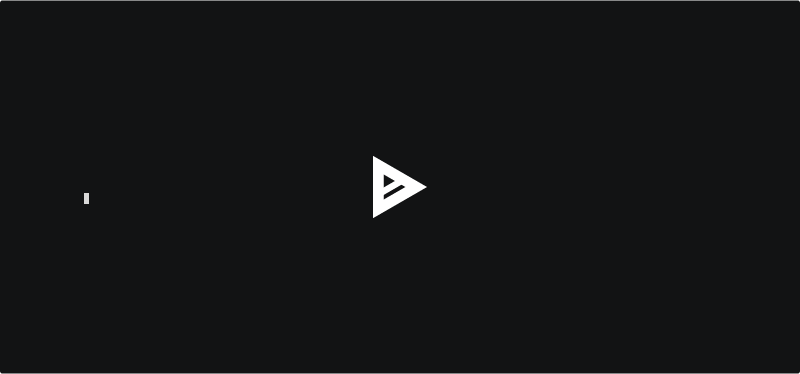9 releases (5 breaking)
| 0.7.0 | Aug 7, 2024 |
|---|---|
| 0.6.0 | Jun 21, 2024 |
| 0.5.0 | Jun 21, 2024 |
| 0.4.2 | May 2, 2024 |
| 0.1.1 | Feb 18, 2024 |
#4 in #collective
562 downloads per month
730KB
2.5K
SLoC
Collective Evidence Reports
Provides a way to create evidence reports for Polkadot On-Chain collectives. Reports are machine readable and can be rendered. This is just a proposed format - it is not required to do it this way.
The rendered HTML/PDF output of a work-evidence can look like this:

Or a Request for Admission to a Collective:

Creating Evidence - Manually
The main part of this repository is the schema file. It provides a guideline to what information should be provided in a work report for a System Collective.
The most straight-forward way is to copy the template and fill it out manually. Thats it, no CLI needed! Although without editor support and validation it will be difficult.
If you want editor support and auto-complete for the fields, then you can download the schema file and configure it in your editor. Its explained for VsCode below.
There is a validate evidence subcommand available to check that the evidence files conform to the schema.
VS Code Schema Integration
Open your settings.json file and insert the following, or extend this section. You need to replace the path with the path of the schema. This is just an example:
"yaml.schemas": {
"/Users/oliver/Documents/work/collective-cli/schema/potoc.evidence_report.json": "*.evidence",
},
"files.associations": {
"*.evidence": "yaml",
},
Creating Evidence - Interactive
You can install the CLI like this:
cargo install --git https://github.com/super-collective/collective-cli
Running collective new evidence will prompt you with a few basic questions. These will be stored in a config file and are available on the next run.
Rendering Evidence
The CLI can convert .evidence files into HTML. It is also possible to further convert the HTML files into PDF with:
# https://github.com/michaelrsweet/htmldoc
htmldoc --webpage -f example/example.pdf example/example.html
# https://github.com/ilaborie/html2pdf
html2pdf example/example.html
Creating a Request for Admission - Interactive
There is a new join-request subcommand that you can use to create a request for admission. It is also possible to fill out the adapt the example file manually. Currently there is no schema for this, so the only way to validate it is with check join-request --files ...
This should create a file in the join_request/ directory of your collective. You can also render this into html with render join-request ...
TODO
- Add schema for join_request.
- Add e2e tests. First attempt with this did not work for interactive CLI, see tests.
License
GPL-3.0-only, see LICENSE.
Dependencies
~19–32MB
~521K SLoC
